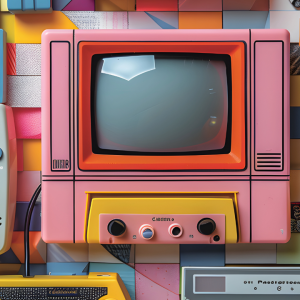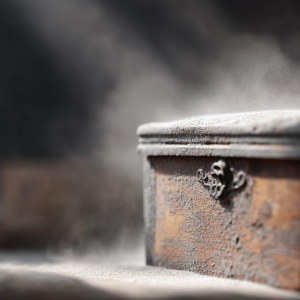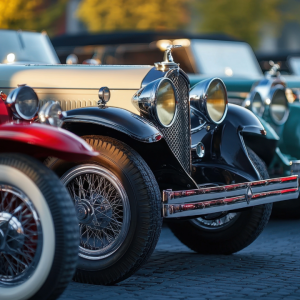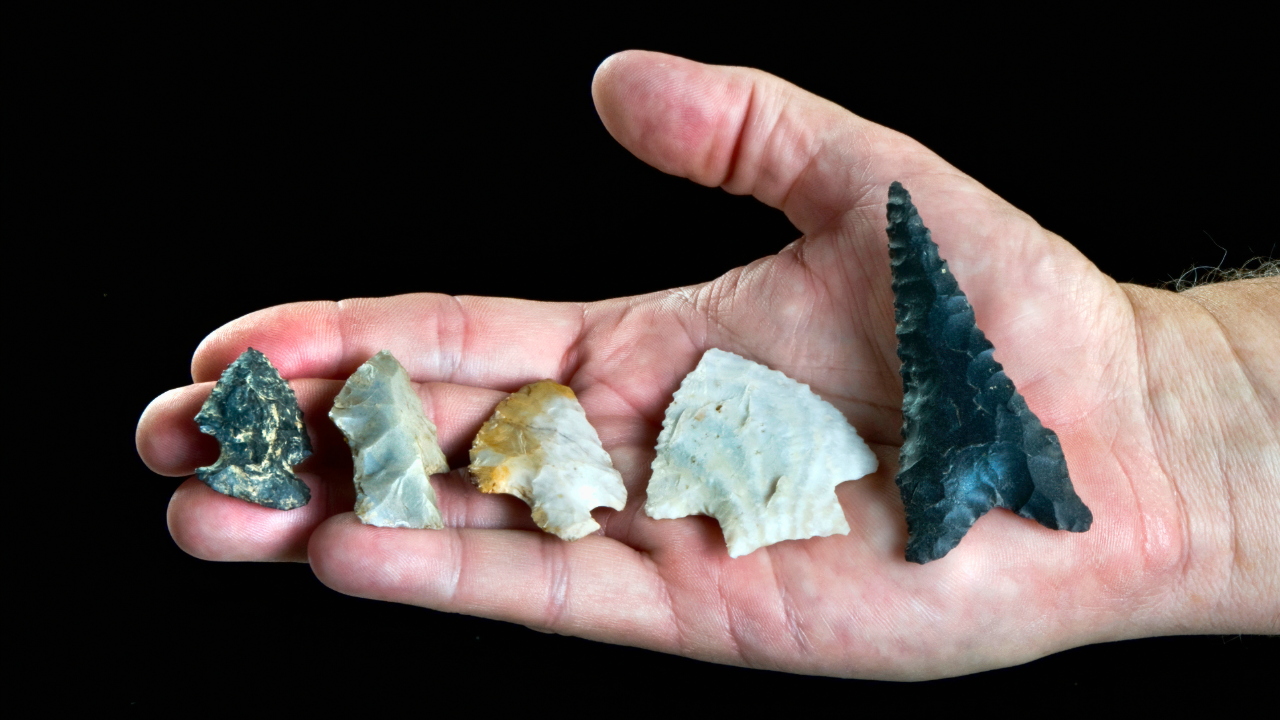When we think of historical artifacts, our minds often wander to museums and exhibitions: glass cases filled with ancient coins, manuscripts illuminated by soft light, or relics unearthed from centuries past. But what many people don’t realize is that these treasures are not confined to institutions. They’re alive in the modern collectible market, actively shaping collections, investments, and the passions of collectors worldwide.
From Roman denarii to medieval manuscripts, and even ancient tools or relics from forgotten civilizations, historical artifacts represent more than just their age — they embody culture, craftsmanship, and stories that continue to resonate today. And as the market for collectibles evolves, the demand for these pieces of history has surged.
The Living Value of History
Artifacts are not static reminders of bygone eras; they are active participants in today’s collector culture. Their value derives from three interconnected elements:
- Historical Significance – Coins minted during Julius Caesar’s reign, for example, are not only metal tokens but also tangible links to one of history’s most influential leaders. According to Smithsonian, artifacts carry unique narratives that preserve cultural memory across generations.
- Rarity & Preservation – An ancient manuscript’s worth is often tied to its scarcity and condition. The fewer surviving copies, the higher the value for collectors. National Geographic often highlights discoveries where preservation elevates an item from curiosity to priceless treasure.
- Modern Demand – Collectors today see these artifacts as both passion investments and tangible assets. Coins, relics, and manuscripts often move through global auction houses, commanding prices that rival modern art.
The Risks & Rewards of Collecting Artifacts
Like all collectibles, artifacts come with both opportunities and challenges:
- ✅ Rewards: Owning a piece of history, potential financial appreciation, and the prestige of curating rare items.
- ⚠️ Risks: Forgery, unclear provenance, and evolving laws around cultural heritage.
Collectors need to balance their passion with due diligence, ensuring authenticity and compliance when acquiring such items.
Collectiblepedia: Bridging the Past and Present
This is where Collectiblepedia plays a vital role. Our platform is more than an encyclopedia of collectibles — it’s a bridge between history and modern collecting culture.
Here’s how we support collectors and history enthusiasts alike:
- 📖 Documenting History – We provide detailed entries on coins, manuscripts, relics, and artifacts, giving collectors accurate, engaging knowledge.
- 🔍 Connecting Culture – By linking historical context to modern collectible markets, we show how yesterday’s treasures thrive in today’s collections.
- 🌐 Building Community – Collectiblepedia connects collectors, historians, and enthusiasts, fostering a culture where shared knowledge elevates collecting for everyone.
In a world where artifacts can be both museum pieces and personal investments, Collectiblepedia helps ensure collectors are informed, inspired, and connected.
Conclusion: The Timeless Appeal of Historical Artifacts
From ancient coins passed through countless hands to manuscripts that once shaped thought and culture, historical artifacts remind us that the past is never really gone — it lives on in the present, and often, in the hands of passionate collectors.
At Collectiblepedia, we celebrate this timeless connection, providing knowledge and insights that help collectors appreciate both the history and the modern value of these treasures.
✨ Because in every artifact lies not just a story of the past, but a legacy waiting to be collected today.







